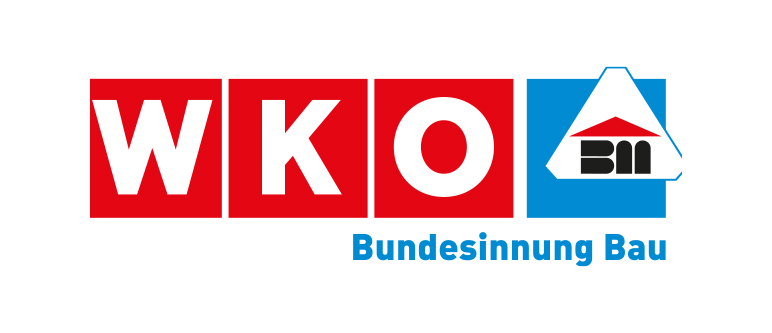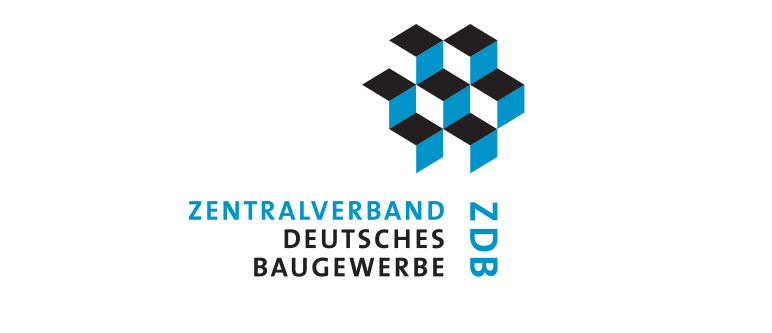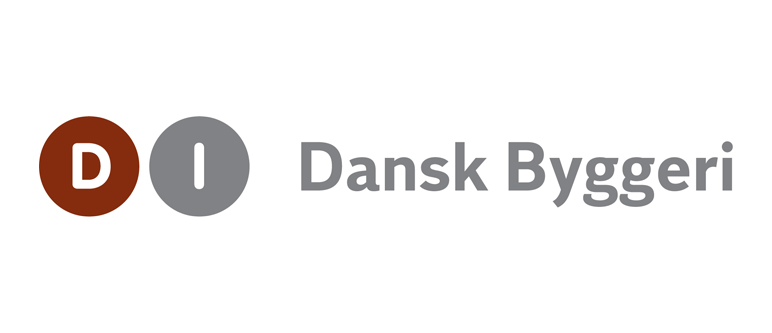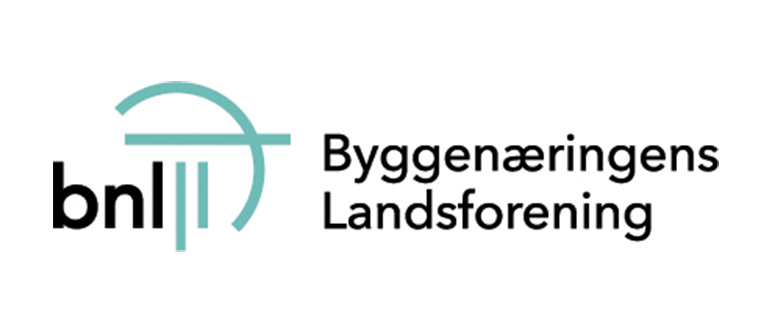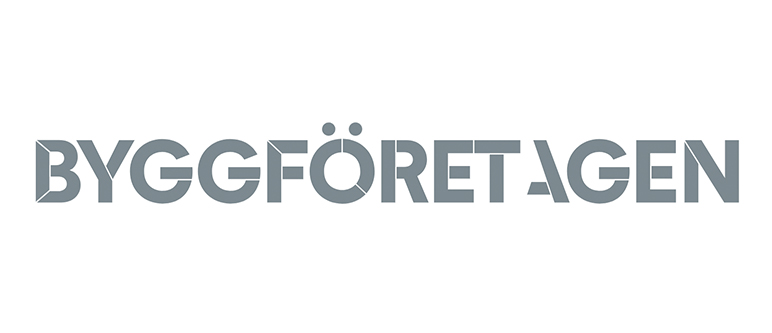Overall construction activity
The first half of 2020 has been strongly affected by the 'darkest' months of the COVID-19 pandemic, with Italy’s GDP registering a dramatic contraction of 11.8%. According to the estimates by the leading Italian economic research company Prometeia, Italian GDP dropped by 9.1% in 2020. The latest estimates by the National Institute of Statistics (ISTAT) indicate a GDP decline of 8.9% compared to 2019.
All the economic forecasts for 2021 show that there will be a slight rebound in wealth creation, notwithstanding a high degree of uncertainty. Prometeia forecasts a livelier recovery of economic activity beginning from the summer and leading to a GDP growth of 4.8% in 2021.
As for the construction sector, the first signs of trend reversal observed in 2019 and in the early months of 2020 have been abruptly interrupted due to the public health emergency situation. The estimate by the National Association of Italian Constructors (ANCE) for 2020 overall construction investment indicates an impressive contraction of 10.1%.
Compared to 2019, new housebuilding declined by 12.5%, nonresidential building dropped by 13.5%, civil engineering fell by 2.5%, and even housing renovation - which was the only sub-sector to sustain the whole industry market throughout the post-financial crisis period – declined by a sharp 9.8%.
The COVID-19 pandemic has significantly affected the Italian residential real estate market. In 2020, the number of housing transactions dropped by 7.7%, and a further decline is expected to take place in 2021 (between -1.1% and -4.8%).
ANCE’s outlook for 2021 predicts a rebound of 8.6% in construction investment, mainly driven by the redevelopment of the existing stock for housing purposes (+14%) and by a gradual recovery in both private investments for non-residential building (+5%) and civil engineering (+7.7%).
However, such a recovery will heavily depend on the actual ability to take full advantage of the great opportunities offered by the market, above all the ‘110% Superbonus’ measure that raises to 110% the percentage of already existing tax rebates for energy efficiency works on the housing stock (‘Ecobonus’), for post-quake reconstruction (‘Sismabonus’), and for the installation of a photovoltaic system (‘Bonus Edilizia’). A further notable opportunity is offered by the EU Recovery Plan, representing a unique chance where the construction sector may assume a fundamental leading role.
Housebuilding
ANCE estimates that investment in housebuilding has decreased by 10.5% in real terms in 2020, due to a twofold effect; on the one hand, the progressive resumption of production activity in the second half of the year; on the other hand, the increased uncertainty and the enduring of investors’ prudential attitude, especially households, in light of the Covid-19 recrudescence in late October 2020 and the consequent restrictive measures.
The decline, occurred in 2020, in residential housing development levels stems from the considerable reduction in new housebuilding investment (-12.5%), which reversed the positive trend started in 2017 in connection to the positive trend in construction permits in the period 2016-2019.
Simultaneously, also the redevelopment of the existing housing stock, which now accounts for roughly 37% of total construction investment value and that was the only sub-sector to drive market growth during the post-financial crisis period, has sharply declined in 2020 (-9.8%). Such a result is markedly affected by the pandemic emergency and by the 'wait-and-see' approach of investors in view of the actual rollout of the ‘110% Superbonus’ tax rebate measure.
ANCE’s outlook for 2021 is, however, positive and predicts a 3.5% increase in new housebuilding investment and a pronounced rebound of 14% in investment for the redevelopment of the existing housing stock. The outlook takes into account the positive impact on production levels expected from early interventions taking advantage of the 110% tax rebate, entered into force in July 2020.
GDP 2020
BILLION
POPULATION 2020
Total investment in construction in 2020
BILLION
Non-residential construction
Private investments in non-residential building marked a real term decline of 13.5% in 2020. The decline caused a reversal of the positive trend started in 2016.
The estimate is affected by the reflections of the challenging economic context on non-residential developments and their close connection to the other sectors of economic activity. As a matter of fact, following a major contraction in the first half of 2020, the GDP showed some signs of recovery in the second half of the year, although remaining well below the pre-pandemic levels.
The outlook for private non-residential building in 2021 predicts a 5% increase in production levels. The growth forecast for non-residential building could have been much stronger (also in consideration of the positive trend in building permits registered over the period 2015-2019) had the COVID-19 emergency been definitely resolved already. In fact, investments in non-residential building are among those that have been most severely affected by the current public health emergency situation. The commercial sector, for instance, has been directly concerned by containment measures and by the consequent exponential growth in online sales, and the tourism sector – one of the most important industries for the country's economy – is currently paralysed.
Civil engineering
Civil engineering production levels registered a reduction of 2.5% in 2020. This reflects the contraction of production levels both in ongoing construction works and in the launch of new construction projects.
The emergency situation has also created problems in the functioning of public authorities and the shift of resources from investments to current expenditures for the management of the epidemiological crisis.
The number of calls for tenders issued in civil engineering has, for instance, dramatically dropped by 11.1% in 2020, with particularly intense reductions starting from the second half of the year. In contrast, the value of issued tenders registered an overall growth of 28.7%.
According to ANCE’s forecast, investment in civil engineering is projected to rise by 7.7% in 2021, as a combined result of several factors: the measures in support of civil engineering works included in recent years’ Budget Laws that are now expected to advance in their implementation process; the works for a number of infrastructure investments, approved in 2020 and now released, are expected to proceed at full speed in 2021; the positive trend in public work calls for tenders experienced over the last years will, most likely, produce increasing positive effects in production levels; the approaching 2023 deadline for the European Structural and Investment Funds 2014-2020 programming period imposes a necessary acceleration in the implementation of Operational Programmes.
Lastly, the €209 billion that the EU Recovery Plan will make available to Italy over the period 2021-2026 are expected to produce only limited and uncertain results, possibly concentrated towards the end of 2021, and conditional upon the ability of accelerating the deployment of measures that can meet the tight deadlines for the use of EU funds.
| Per cent variation of investment in real terms on previous year | |||||||
| investment Mln. € fixed prices | |||||||
| Sectors | 2020a | 2017 | 2018 | 2019 | 2020a | 2021b | |
| 1. | Building | 111,125 | 2.5 | 2.4 | 2.2 | -11.1 | 8.7 |
| 1.1. Housebuilding | 62,375 | 1.0 | 1.0 | 2.8 | -10.5 | 11.3 | |
| 1.1.1. New | 16,591 | 4.25 | 2.75 | 8.65 | -12.5 5 | 3.5 | |
| 1.1.2. Renovation | 45,784 | 0.0 | 0.5 | 0.8 | -9.8 | 14.0 | |
| 1.2. Non residential (c) | 48,750 | 4.5 | 4.2 | 1.4 | -11.7 | 5.5 | |
| 1.2.1. Private | 40,941 | 6.9 | 5.7 | 1.1 | -13.5 | 5.0 | |
| 1.2.2. Public | 7,809 | -6.0 | -3.2 | 2.9 | -2.5 | 7.7 | |
| 2. | Civil Engineering | 14,351 | -6.0 | -3.2 | 2.9 | -2.5 | 7.7 |
| (1 + 2) | Total Construction | 125,476 | 1.4 | 1.7 | 2.2 | -10.1 | 8.6 |
| a: estimate - b: forecast - c: incl. R&M | |||||||
| Number of building permits in residential construction | |||||||
| 2017 | 2018 | 2019 | 2020a | 2021b | |||
| single dwelling | 10,474 | 10,983 | 10,721 | N/A | N/A | ||
| collective dwelling | 6,769 | 6,991 | 7,257 | N/A | N/A | ||
| other types of dwelling | N/A | N/A | N/A | N/A | N/A | ||
| Total | 17,243 | 17,974 | 17,978 | N/A | N/A | ||
| (Collective dwellings and other types of buildings: in number of flats) | |||||||




